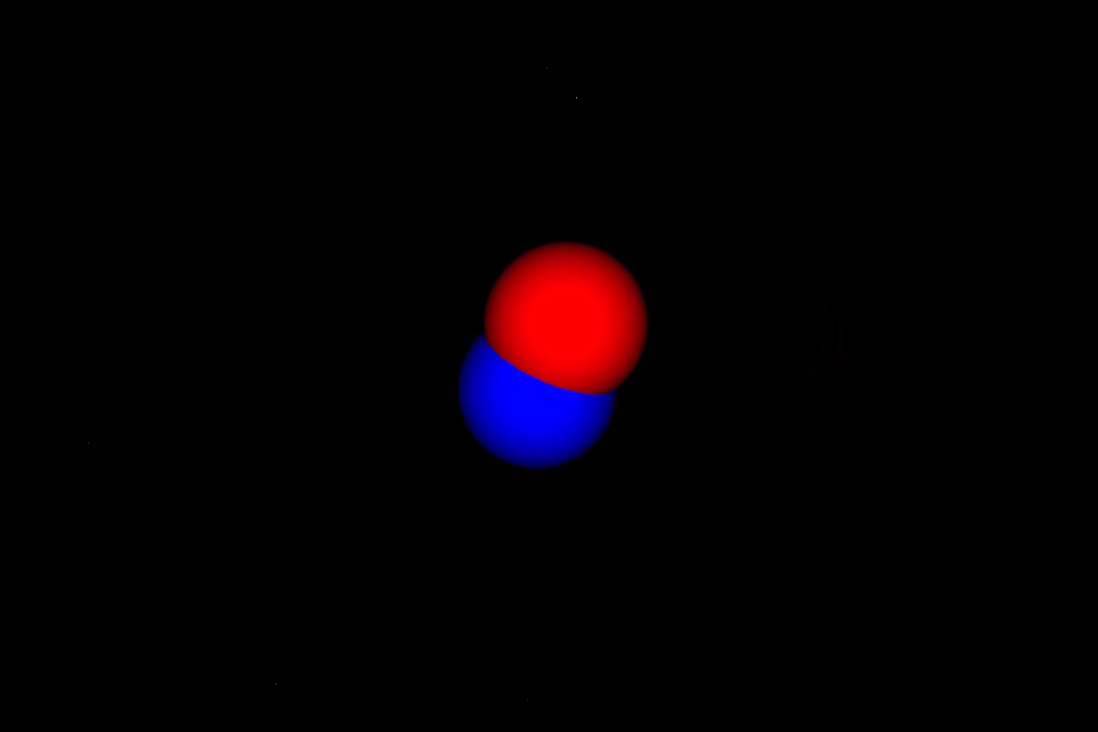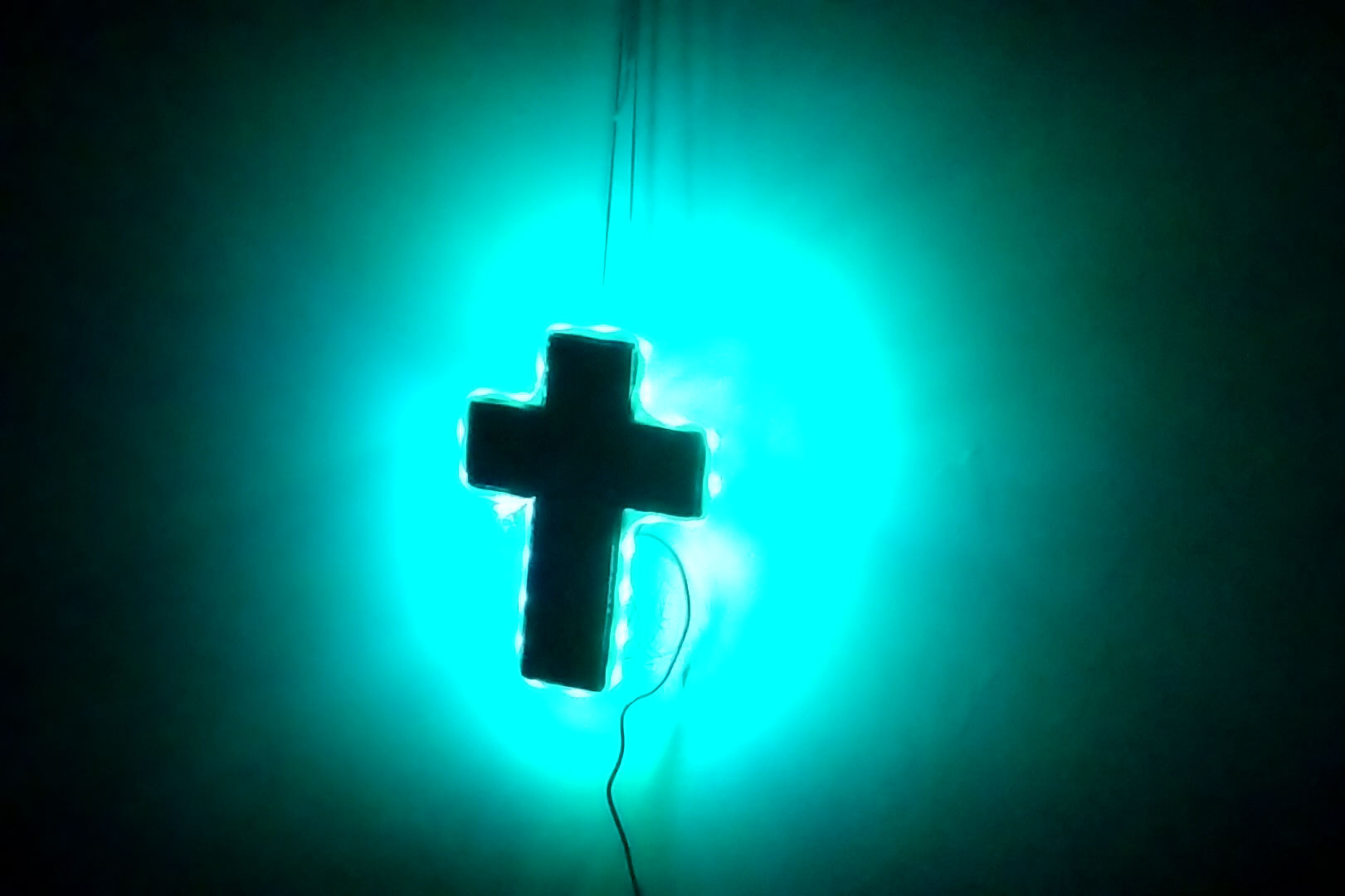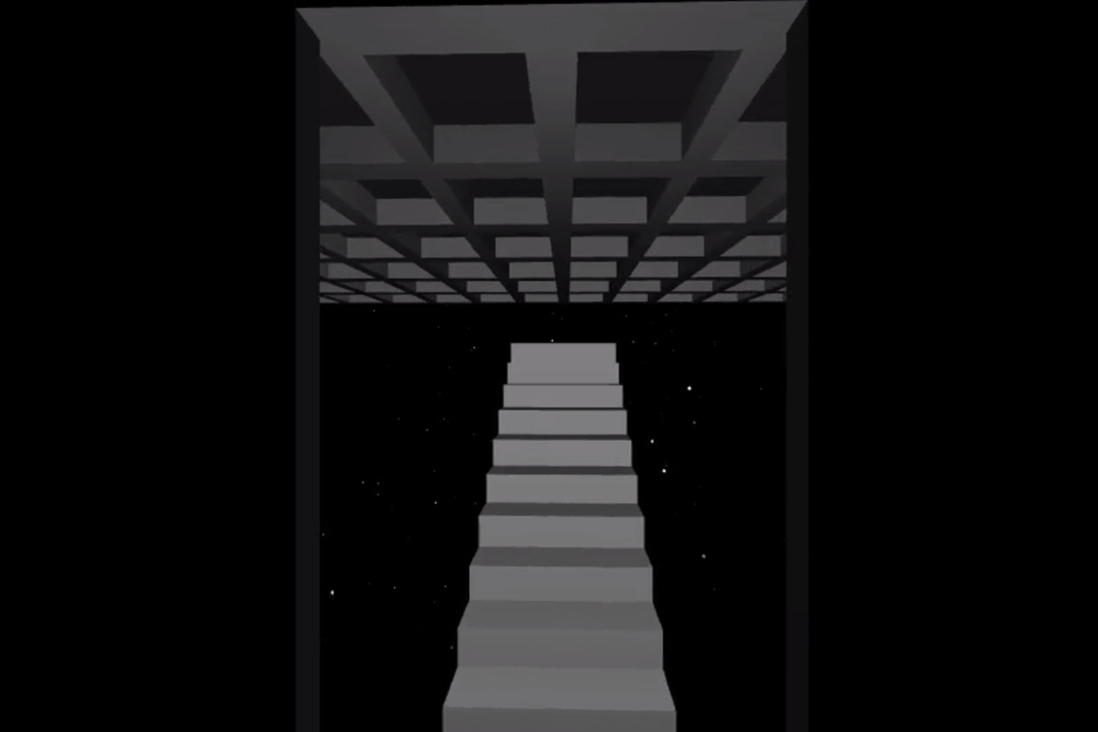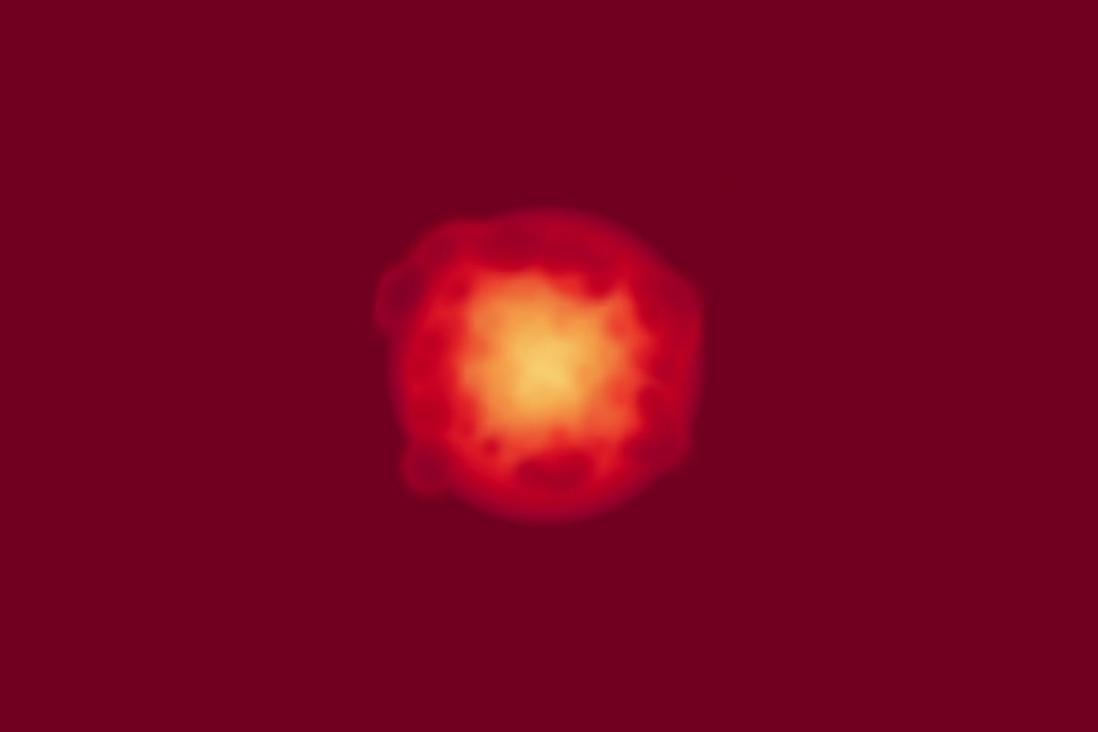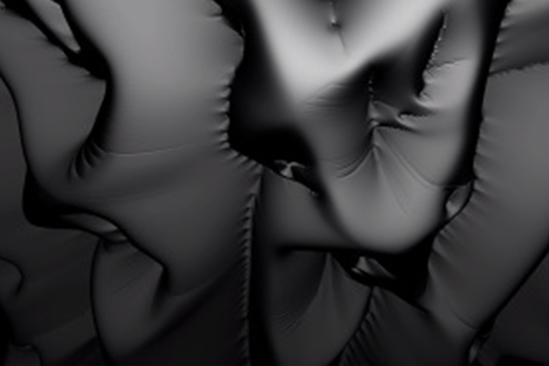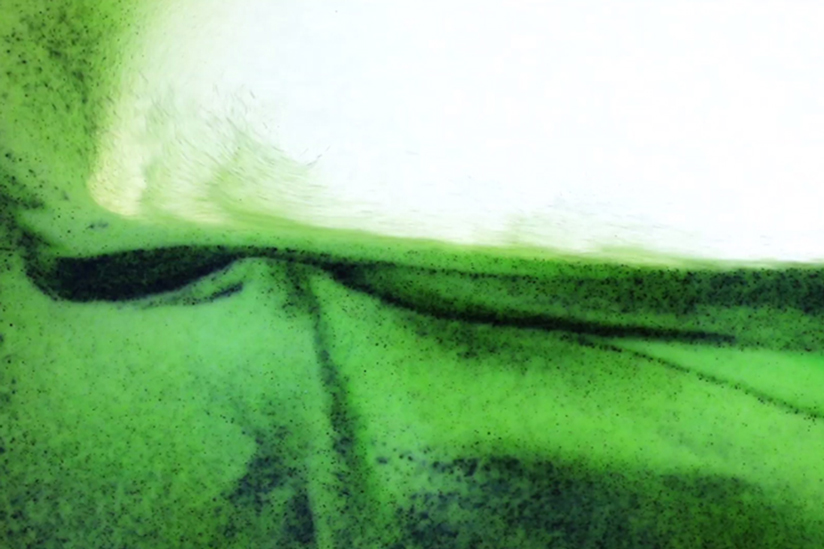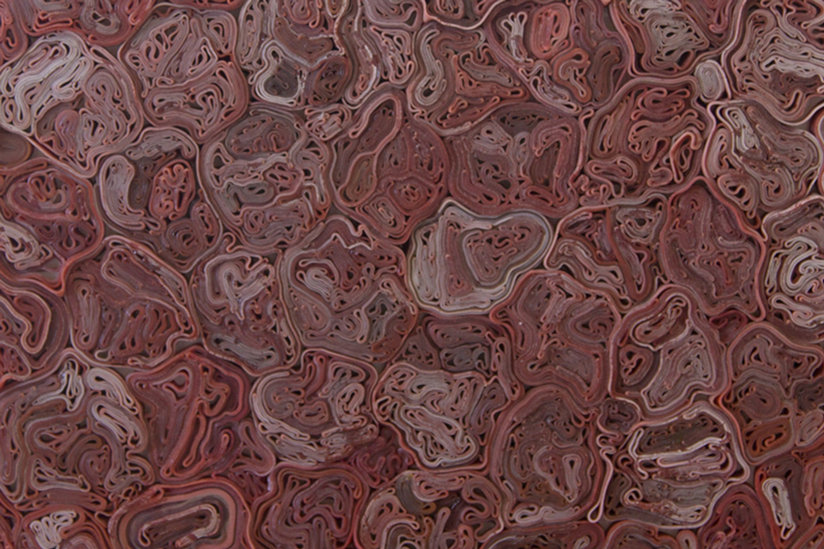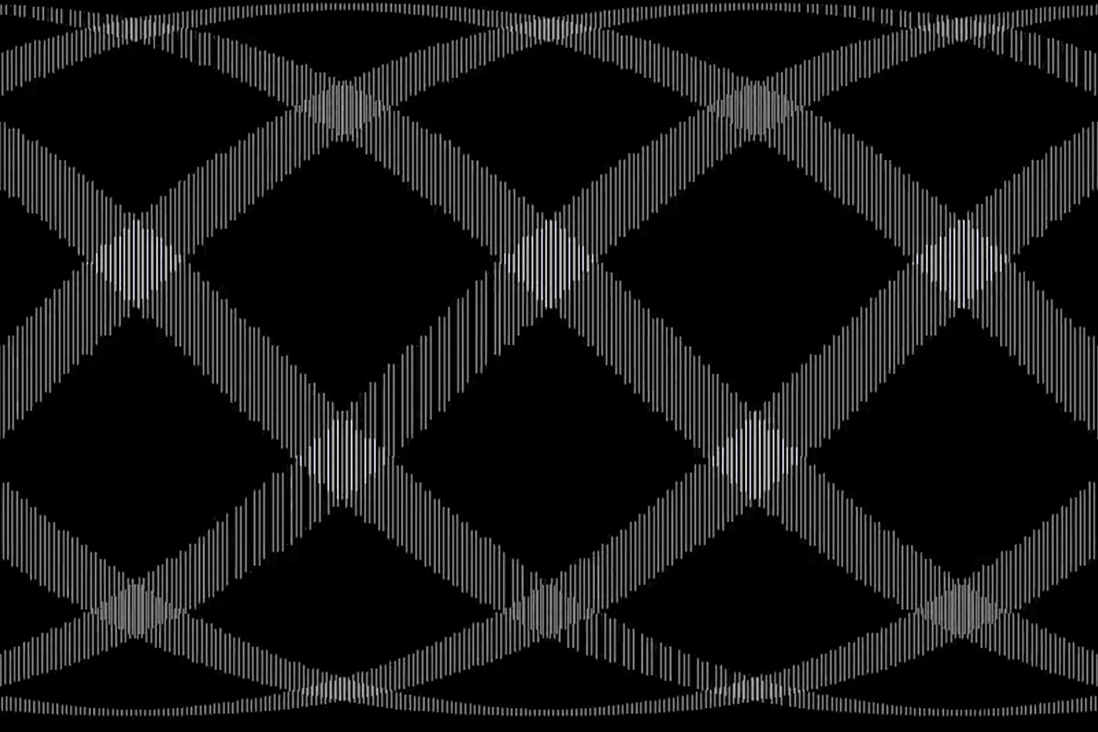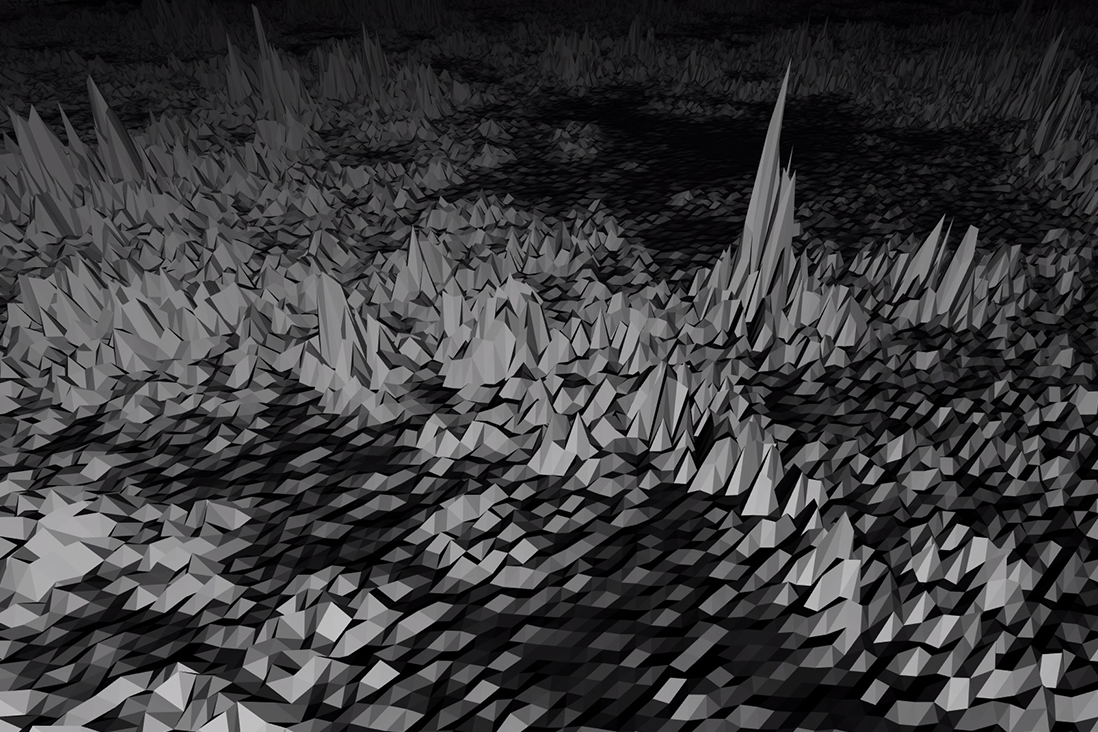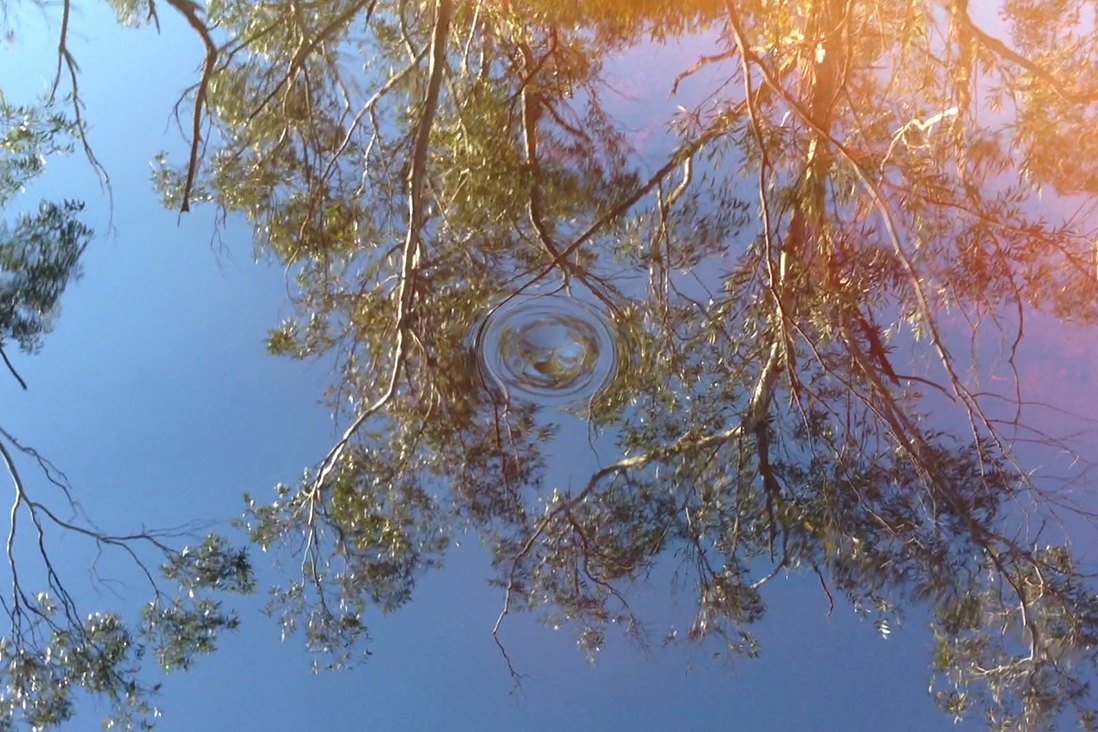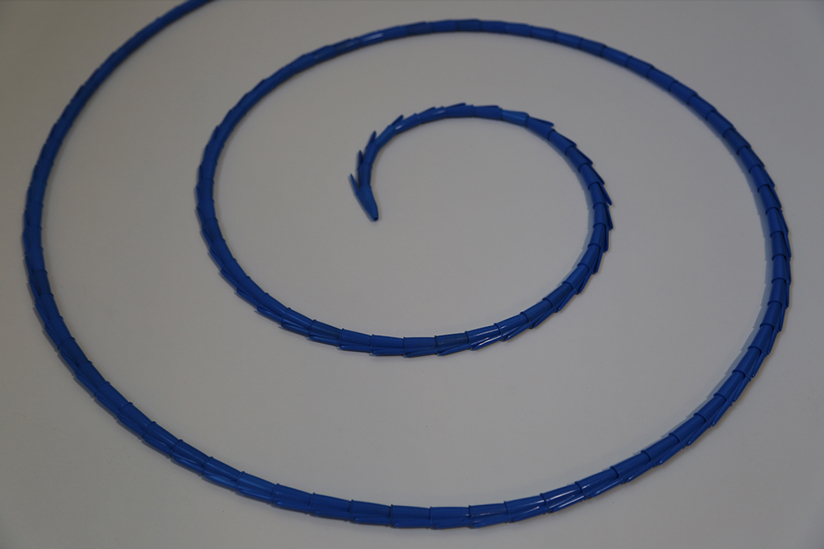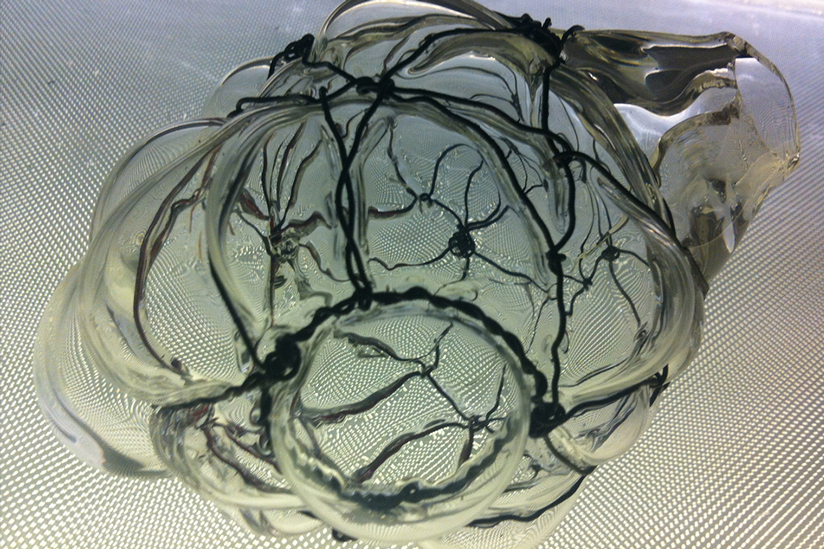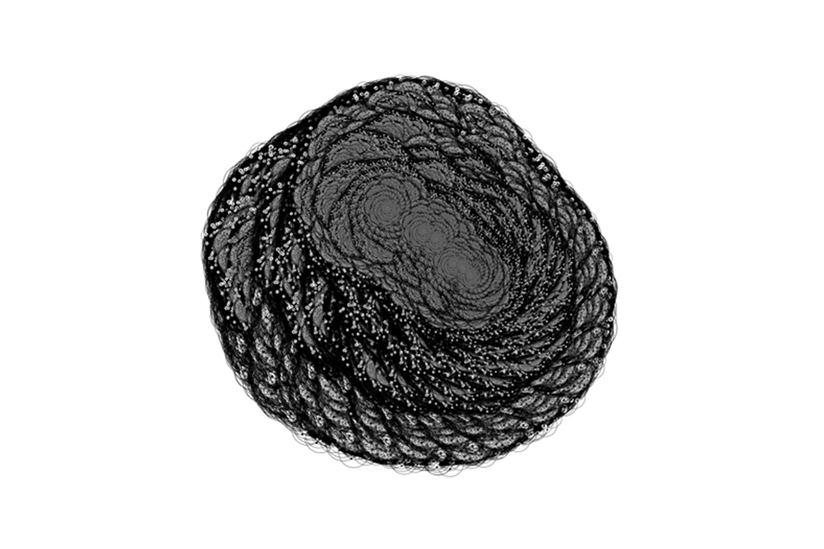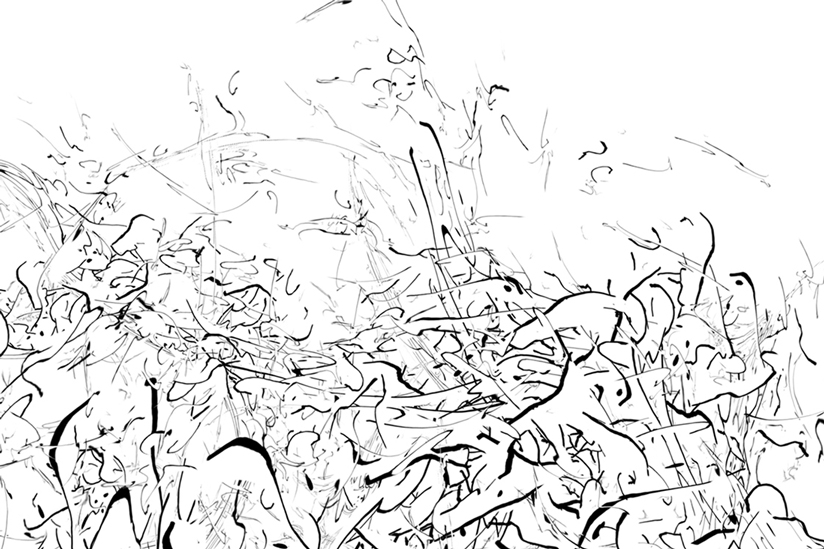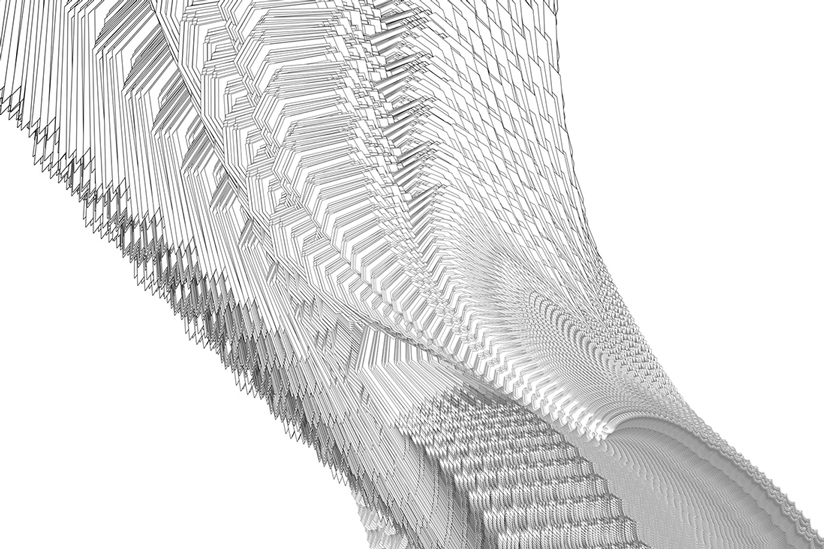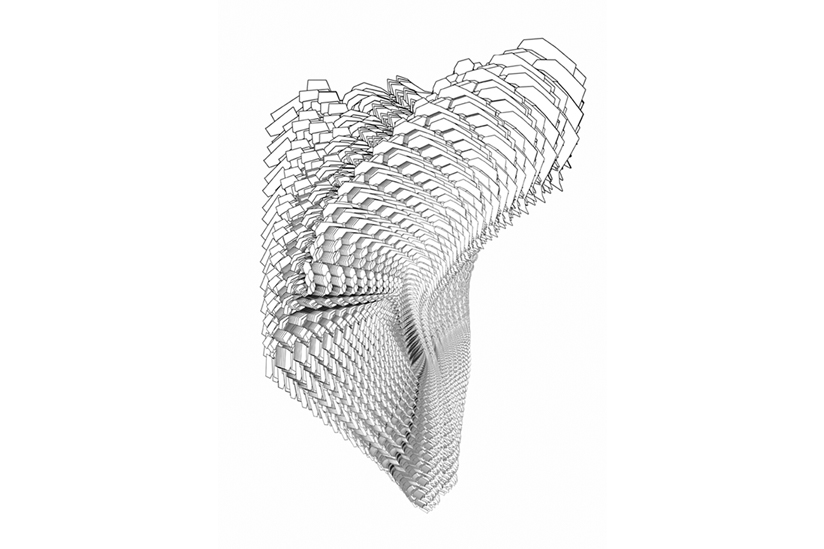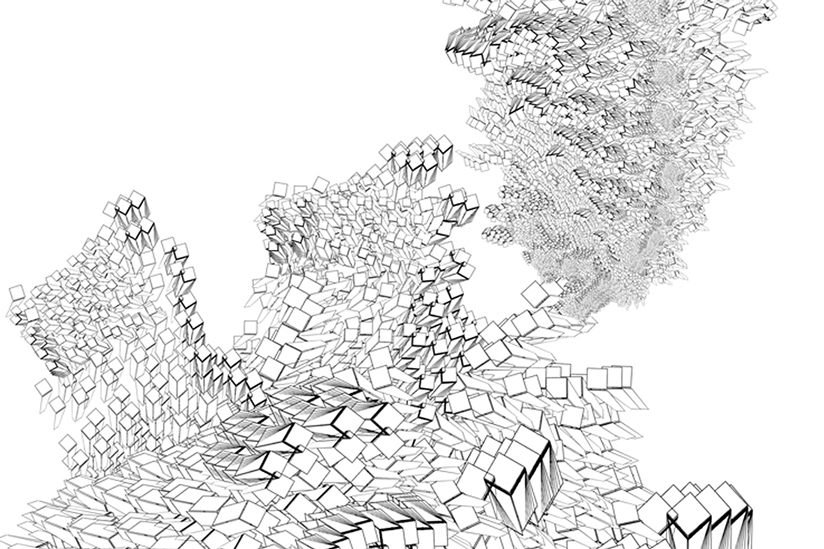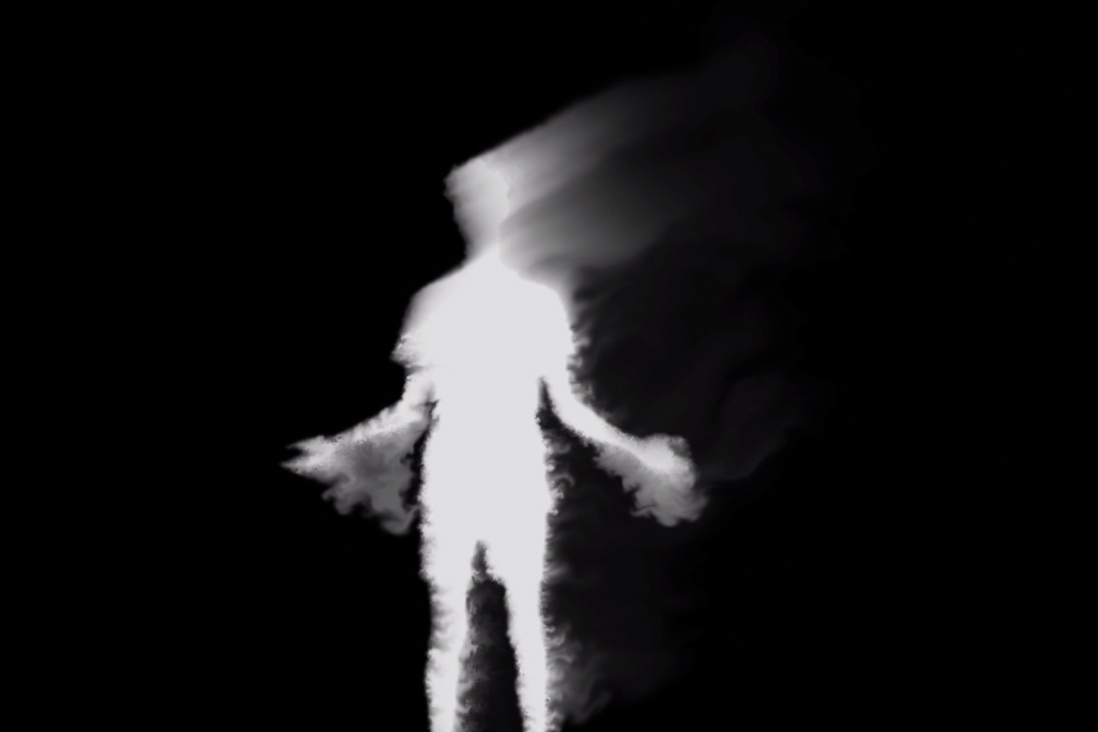
Silent Killer
Interactive generative art installation, revealing the invisible process of evaporation from the skin’s surface, created with Processing and Microsoft Kinect. The work was produced as part of the Master of Interaction Design and Electronic Art capstone research unit, University of Sydney.
The work was exhibited twice in 2018: at D18 Grad Show, 29 Nov – 1 Dec, University of Sydney, and Caldera, 29 Nov – 2 Dec, Eveleigh Works – where it also included an industrial fan controlled by an arduino-relay circuit, seamlessly integrating the visualization and air movement.
It takes inspiration from recent research by Dr Ollie Jay which revealed a complexity of risk-factors in predicting the potential for heat-related stress. Tackling the misconception that temperature is the only indicator, the research sought to reveal practical and potentially life saving techniques. It showed that increasing evaporative potential – by using a fan to increase air flow, or by wetting the skin’s surface – is often the most effective way to avoid heat-related stress. This is especially relevant as heat waves will increase in severity due to climate change. The death toll related to heat waves is often underestimated, provoking the title, “The Silent Killer,” borrowed from a 2016 report by the Climate Council.
The interactive artwork has been designed as an immersive experience for both exhibition and as part of a performance. It operates as an imaginative model to reveal invisible processes, humbling the participant as they are positioned within a complex and chaotic system that is somewhat beyond their control. The design aims to provoke the realisation of a limited – yet crucial – sense of agency and responsibility in the form of minor interventions for adaptation to unprecedented climatic conditions. The ‘messenger’ then, in the words of performance theorist Carl Lavery, takes the form of “…a sensation, a materiality… a participatory play of movement and light, through a corporeal gesture, a type of thinking, then, done by, between and on bodies” (2016, p. 310). The body and our senses are here framed as an integral aspect of our cognition, supporting knowledge through direct experience.
A key piece of aesthetic inspiration was Schlieren imaging, a technique using parabolic mirrors to refocus light for the study of aerodynamic effects. The artwork is thus a projection that embeds the effect as an ambient or environmental constant in the same world as the participant, drawing upon the particular qualities of the performance context as a space that promotes reflection and focus. It is the mix of the real and the fantasy which evokes “something which is neither theatre nor film, but partakes of the evanescent reality of dreams” (Virmaux, 1966 cited in Dixon, 2007, p. 337).
A breakthrough in development came with the adoption of Thomas Diewald’s PixelFlow library, supported by feedback aligning the aesthetic of evaporation with fluid dynamics. This worked nicely in conjunction with KinectPV2 and OpenCV libraries, and optimised the particle rendering with the GPU.
The first iteration of the project utilised a particle system built in Processing, spawning from a real-time silhouette produced with the Microsoft Kinect. A ‘boundary layer’ was modelled as a force on the skin’s surface, effected by ambient temperature and air flow. The water or sweat ‘particles’ undergo a state change from liquid to vapor, releasing energy as ‘heat’ as they “[diffuse] across the boundary layer and into the surrounding air” (Cramer & Jay, 2016).
The research project drew insights from participant’s subjective experiences, revealing how the aesthetic outcomes influence interpretations. Further development of the prototype may see its inclusion in the Anastasia project, in collaboration with The Living Room Theatre’s artistic director, Michelle St Anne. In this context, it will further explore a blurring of the boundaries between observer and participant, extending the existing nature of The Living Room Theatre’s interactive, intimate, and spatially dynamic productions.
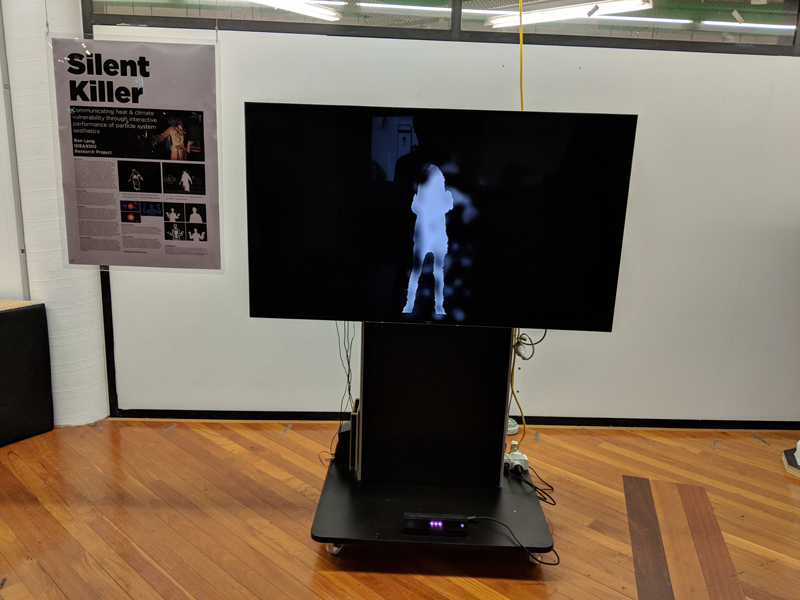
The prototype was exhibited in the MIDEA Showcase, Wilkinson Building, on 27th June 2018.
REFERENCES
| Cramer, M. N., & Jay, O. (2016). Biophysical aspects of human thermoregulation during heat stress. Autonomic Neuroscience, 196, 3-13 | |
| Dixon, S. (2007). Digital Performance: A History of New Media in Theater, Dance, Performance Art, and Installation. Cambridge, MA: MIT Press. | |
| Lavery, C. (2016). Participation, Ecology, Cosmos. Reframing Immersive Theatre: The Politics and Pragmatics of Participatory Performance, 303-315. |
